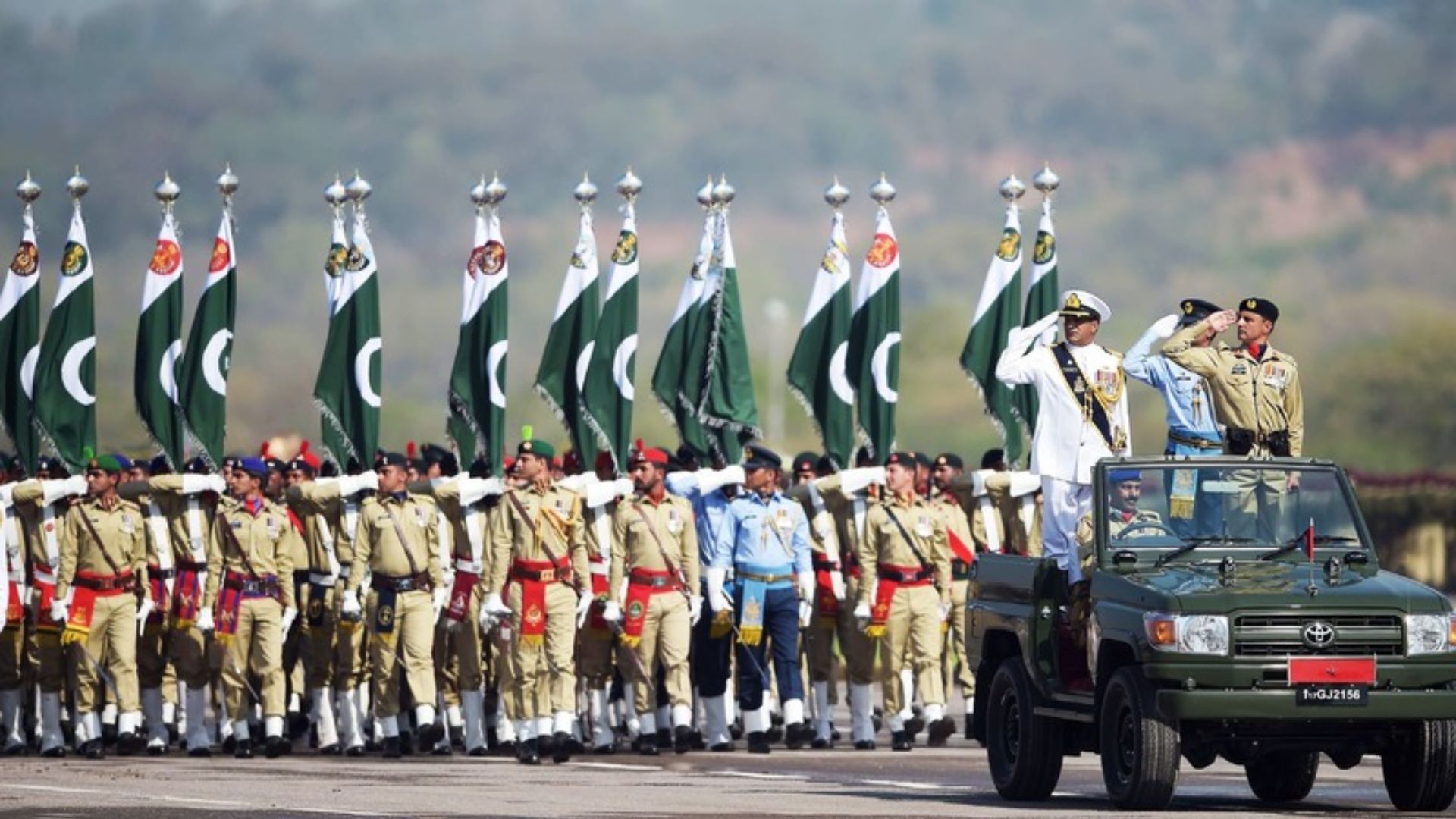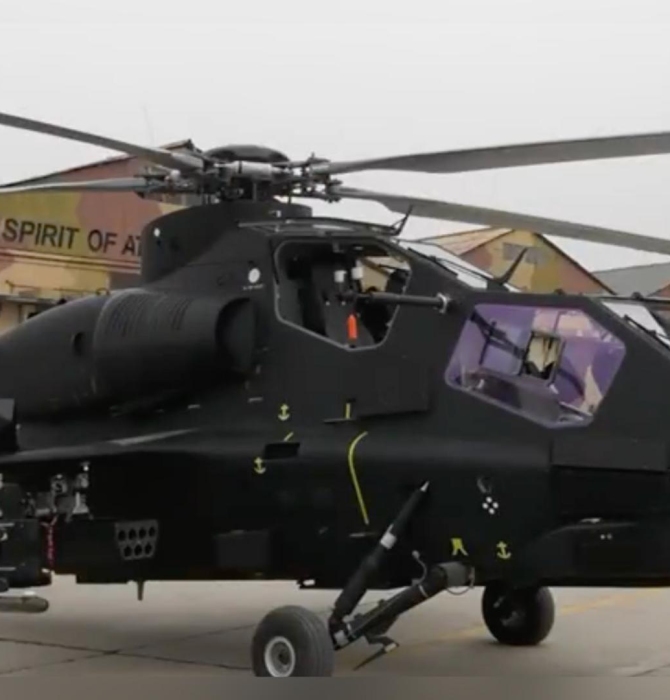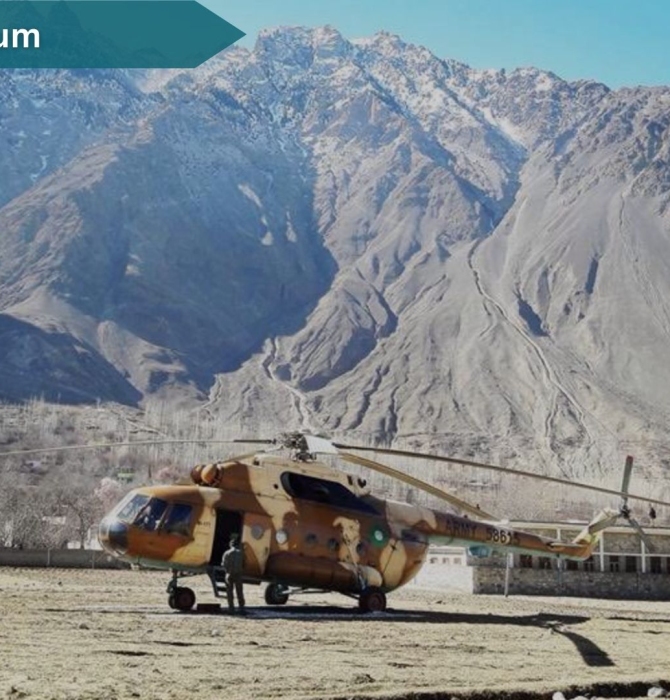19167Views

The “CDF” Risk: How Centralization Could Paralyze Pakistan’s Response to India Quwa Premium
On 16 November, the Pakistan Army (PA) conducted what Inter-Services Public Relations (ISPR) called a “joint fire and manoeuvre exercise.” In looking at the video footage, which showcased the deployment of the PA’s armour, artillery, attack helicopters, and drones, it would appear that the PA is shifting towards — or at least studying and learning — new combined arms deployment strategies.
Drawing on the facts that the PA’s leading platforms are primarily sourced from China, the ongoing push to automate and network warfighting, and the strong outlook for satellite-, radar-, and electronic-based situational awareness, the pieces for combined arms maneuvers are all there. In fact, the PA even possesses an infantry element through the Light Commando Battalions (LCB), which can be incorporated into a combined arms group (CAG) philosophy that integrates tanks, artillery, guided rockets, gunships, air assault, drone-based reconnaissance, and drone-based swarming strikes into a single offensive package.
Leveraging this capability, especially at a time when warfare now requires responsiveness on one end and where Pakistan’s main threats tend to emerge suddenly, would be crucial. In one sense, CAGs would allow the PA to deploy a multi-modal attack against threats in a short span of time, long before the threat actors can generate gains or drive momentum in their operations. So, for example, on the eve of May 7th, PA CAGs could have coordinated with the Pakistan Air Force (PAF) to mount rapid incursions across the Line of Control (LoC) concurrently while the PAF engaged Indian Air Force (IAF) fighters at long range. Escalatory? Perhaps, but it would have at least, if anything, placed the pressure on India (forcing a focus on ejecting Pakistani CAGs rather than striking PAF air bases with missiles).
However, this approach to combined arms and inter-service collaboration requires a mentality antithetical to how Pakistani leadership operates at the structural level. Instead of pushing towards more delegation, disaggregation, and field-level agency, the instinct or tendency is to consolidate, centralize, and be overbearing — all qualities that aim to stem growth rather than free it, especially at a time when Pakistan needs it in general (be it within the military, economy, culturally, and so on).
This, sadly, is the underlying risk of the ongoing shift towards the Chief of Defence Forces (CDF) role, as called out by retired PAF leaders like Air Chief Marshal (ACM) Abbas Khattak (as noted in a recent X post by historian Usman Shabbir). Since Pakistan’s native cadres took over, the PAF leadership has sought to establish its autonomy from the PA (e.g., relocating the Air Headquarters (AHQ) from Rawalpindi to Peshawar). Indeed, it was the PAF leadership’s ability to exert its own agency that led to the success in air operations on May 7th and in 2019 via Operation Swift Retort.
Taking the recent constitutional amendment together with the context of Pakistan’s current political reality, the writing is plain and clear on the wall: the changes merit questioning.
It is not solely an issue of consolidating and removing, or limiting, the PAF’s agency – instead, the mentality driving changes in how the military operates is structurally antithetical to where warfare is now moving. This author would even contend that it is becoming less about defining which domains each service arm should manage (such as air operations for the air force, ground incursions for the army, and so on); rather, the assets within each arm need to be disaggregated and then repackaged with another arm’s assets based on each specific mission scenario.
Before delving into how that could look, the point is that the mentality of military leadership should encourage adaptability, flexibility, delegation to field-level decision-makers, and collaboration.
This is not to suggest that the tri-services should be abolished and/or amalgamated into a single force. No. Instead, the objective should now be to eliminate redundancies, remove barriers to mission- or task-specific joint planning and execution, and support proactive decision-making.
This was, admittedly, somewhat vaguely, the idea behind promoting the ‘Joint Service Office’ (JSO) model instead of the CDF role in an earlier Quwa article. But the thought process fuelling the CDF role could be the same that led to the inefficiency of state-owned enterprises (SOEs), including military-led SOEs. Again, the instinct for control is why there is no significant private-sector participation in defence industry initiatives, thereby cutting Pakistan off from the benefits of incorporating privately owned businesses into its production. The recurrent theme is to concentrate authority, resources, and responsibility in the hands of a few rather than distribute them, even when distribution, as a whole, can create net-new growth that benefits not only the nation but also the decision-makers who want control in the first place.
End of excerpt. You’ll need to login or subscribe to Quwa Premium to access the full article.
Existing Quwa Plus/Pro members can log in below
Note: Logged in members may need to refresh the article page to see the article.


